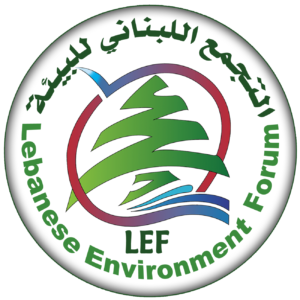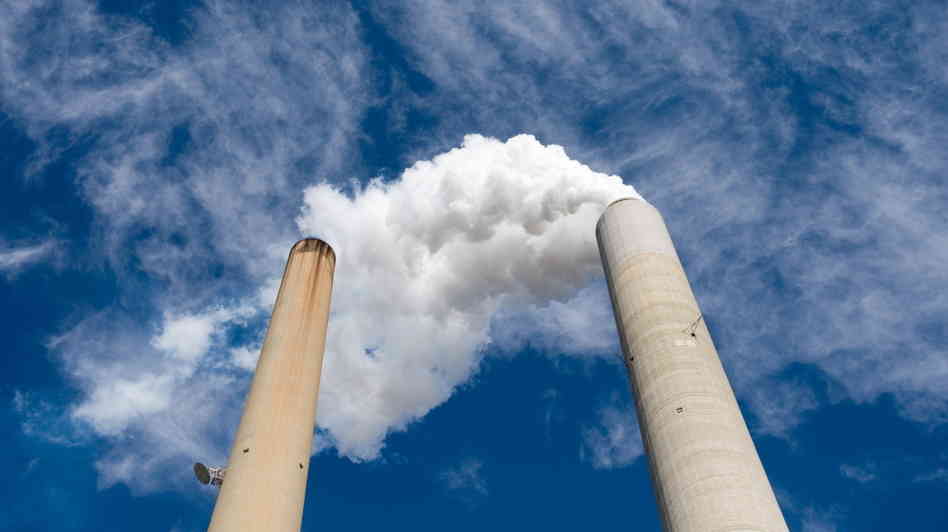St Petersburg, 6 September 2013 – Building on the earlier agreement between President Xi Jinping and President Obama at their summit in Sunnyland in June, the US and China agreed today to open formal negotiations on the details of an amendment to phase down the super greenhouse gasses HFCs under the Montreal Protocol.
HFCs are the fastest growing greenhouse gas in the US, China, India, and many other countries. The agreement took place on the margins of the G20 meeting in St. Petersburg.
“This is the biggest climate prize available to the world in the next few years, providing mitigation equivalent to 100 billion tonnes of carbon dioxide by 2050 and avoiding up to nearly 1 degree Fahrenheit (0.5 Celsius) in warming by 2100,” said Durwood Zaelke, President of the Institute for Governance & Sustainable Development.
For comparison, the Kyoto Protocol provided climate mitigation equivalent to 5 to 10 billion tonnes of CO2 during its initial phase through 2012.
The phasing down of HFCs under the Montreal Protocol is also expected to catalyze significant mitigation of CO2 by improving energy efficiency of the refrigerators, air conditioners, and other equipment using HFCs as refrigerants. Up to 80 to 90% of the climate emissions from this equipment is from the fossil fuel used to generate the electricity to run them,
“Past phase-outs of other refrigerants under the Montreal Protocol have spurred significant energy efficiency gains of 30 to 50%, with corresponding cuts in CO2 emissions” said Zaelke, “giving this strategy a two-fisted approach to reducing climate pollutants.
“This high-level agreement shows how effective climate policy can be when it’s done at the leader level,” Zaelke added. “The agreement with China is part of a sophisticated effort to move climate policy to the leader level, where it belongs.”
The agreement with China is part of a concerted effort to move climate policy to the head of state level. President Obama and President Xi have met twice since June and on both occasions have reached agreement on the importance of addressing HFCs.
“Success with the HFC phase down is an essential confidence-building step on the way to a strong UN climate treaty currently scheduled to be concluded in 2015, to take effect in 2020,” said Zaelke.
He added, “Phasing down HFCs is the biggest climate prize available to the world in the next few years, providing mitigation equivalent to 100 billion tonnes of carbon dioxide by 2050 and avoiding up to 0.5 Celsius in warming by 2100. Countries are beginning to figure this out.”
“Reductions in HFCs and the other short-lived climate pollutants, including black carbon, methane, and tropospheric ozone, can delay climate change up to four decades,” Zaelke said.
“Reducing the short-lived climate pollutants is the only strategy for reducing climate impacts through the middle of the century.”
While only contributing a small amount to global warming today, if not controlled, HFC emissions could grow to 20% of the 21st century growth in CO2 forcing by 2050.
The Montreal Protocol is widely considered the most effective environmental treaty ever created. It has phased out nearly 100 chemicals from the same family as HFCs, by nearly 100% in its 25 years of operation. All UN countries are parties; it is the only treaty with universal membership.
The Montreal Protocol fully implements the principle of “common but differentiated responsibility” by having developed countries phase out of a controlled chemical first, followed by a grace period of several years before developing countries must start their own phase-outs. Developed country parties also provide funding for developing countries to pay the full, agreed incremental cost of switching to environmentally safer substitutes.
The statement from the White House follows:
THE WHITE HOUSE
Office of the Press Secretary
FOR IMMEDIATE RELEASE
September 6, 2013
United States and China Reach Agreement on Phase Down of HFCs
Building on their June 8 accord on hydrofluorocarbons (HFCs) in Sunnylands, President Obama and President Xi agreed at their bilateral meeting as a next step to establish a contact group under the Montreal Protocol on HFCs to consider issues related to cost-effectiveness, financial and technology support, safety, environmental benefits, and an amendment to the Montreal Protocol.
The agreement between President Obama and President Xi on HFCs reads as follows:
We reaffirm our announcement on June 8, 2013 that the United States and China agreed to work together and with other countries through multilateral approaches that include using the expertise and institutions of the Montreal Protocol to phase down the production and consumption of HFCs, while continuing to include HFCs within the scope of UNFCCC and its Kyoto Protocol provisions for accounting and reporting of emissions. We emphasize the importance of the Montreal Protocol, including as a next step through the establishment of an open-ended contact group to consider all relevant issues, including financial and technology support to Article 5 developing countries, cost effectiveness, safety of substitutes, environmental benefits, and an amendment. We reiterate our firm commitment to work together and with other countries to agree on a multilateral solution.
Source: Institute for Governance & Sustainable Development
www.igsd.org


